Articles > Geography
Trying the top The Largest Cities In Nebraska cities on US State Largest Cities – Choose State & Number? Here are the top 10 to get you started.
1. Omaha, NE (Population: 483,335)
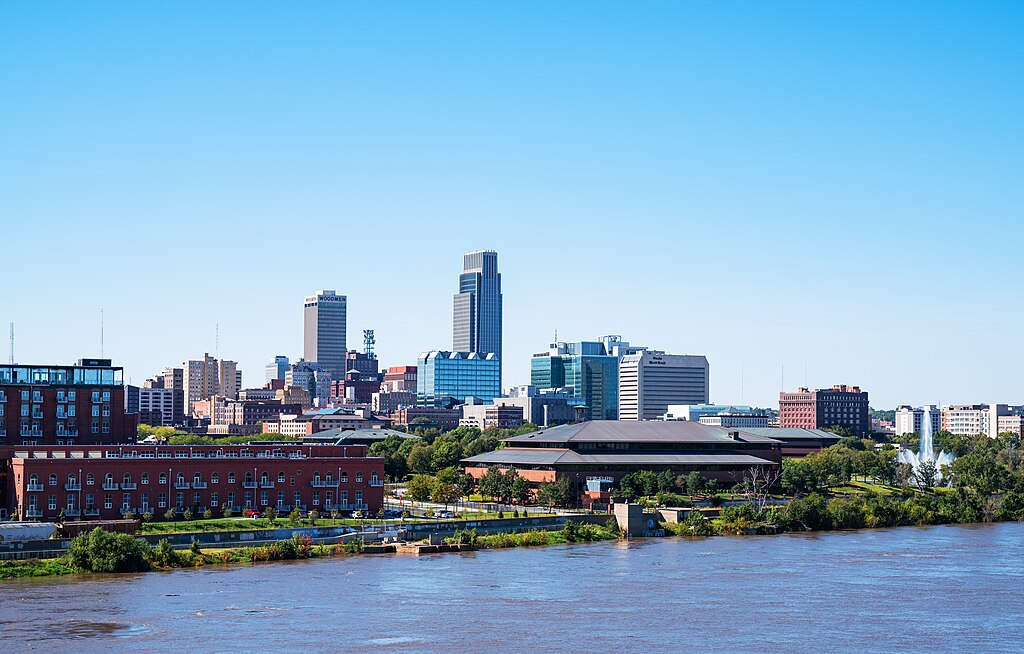
Omaha is Nebraska’s largest city and a key cultural and economic center in the Midwest. Situated along the Missouri River, Omaha has a rich history of railroads, meatpacking, and finance, which helped shape its growth into a modern city. Today, it is home to several Fortune 500 companies, including Berkshire Hathaway and Union Pacific. Omaha has a thriving arts and music scene, highlighted by the Omaha Community Playhouse, Joslyn Art Museum, and popular indie rock heritage. The city is also famous for hosting the annual College World Series, drawing baseball fans from across the country. Its mix of historic neighborhoods like the Old Market and modern development make it both rooted in tradition and forward-looking.
Interesting Fact: Warren Buffett, one of the world’s richest men, still lives in Omaha in the same modest home he purchased in 1958.
2. Lincoln, NE (Population: 294,757)

Lincoln, Nebraska’s capital, blends government, education, and culture into a lively community. As home to the University of Nebraska-Lincoln, the city thrives on college spirit, particularly centered around Cornhuskers football, which dominates fall weekends. Lincoln has undergone extensive downtown revitalization, including the Haymarket District, which features shops, restaurants, and a state-of-the-art arena. The city also prides itself on being bike-friendly, with miles of trails that wind through parks and neighborhoods. Its economy is strong in healthcare, insurance, and education, while the arts scene continues to grow through theaters, galleries, and music venues. Lincoln maintains the balance of a college town, a capital, and a family-friendly city.
Interesting Fact: Lincoln was originally called Lancaster, but its name was changed to honor President Abraham Lincoln when it became the state capital in 1867.
3. Bellevue, NE (Population: 63,922)
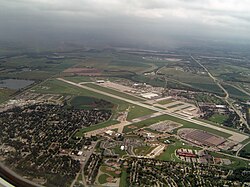
Bellevue, the oldest city in Nebraska, sits just south of Omaha and has grown from a trading post into a thriving suburban community. The city is closely tied to Offutt Air Force Base, which brings a strong military presence and has influenced Bellevue’s growth and culture. Bellevue offers a mix of historic charm and modern amenities, with landmarks like Fontenelle Forest providing hiking, birdwatching, and a natural retreat. Its family-friendly neighborhoods, schools, and proximity to Omaha make it a popular place for those who want suburban living with access to metropolitan opportunities.
Interesting Fact: Bellevue’s Fontenelle Forest is one of the oldest conservation areas in the United States, established in 1913.
4. Grand Island, NE (Population: 52,622)
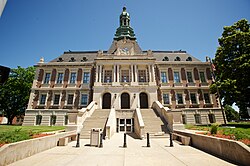
Grand Island is a central Nebraska hub for agriculture, transportation, and commerce. The city is well-known for hosting the Nebraska State Fair, a celebration of farming, food, and entertainment that draws visitors statewide. Grand Island’s economy is rooted in agriculture, but it also benefits from manufacturing and retail. The city’s name comes from an island once located in the nearby Platte River. Outdoor enthusiasts are drawn to the region for bird migrations, particularly the annual Sandhill Crane migration, one of the world’s most spectacular wildlife events. With its balance of tradition and growth, Grand Island serves as an important regional anchor.
Interesting Fact: Every spring, over 600,000 Sandhill Cranes stop near Grand Island on their migration, making it one of the best birdwatching events in the world.
5. Kearney, NE (Population: 34,362)
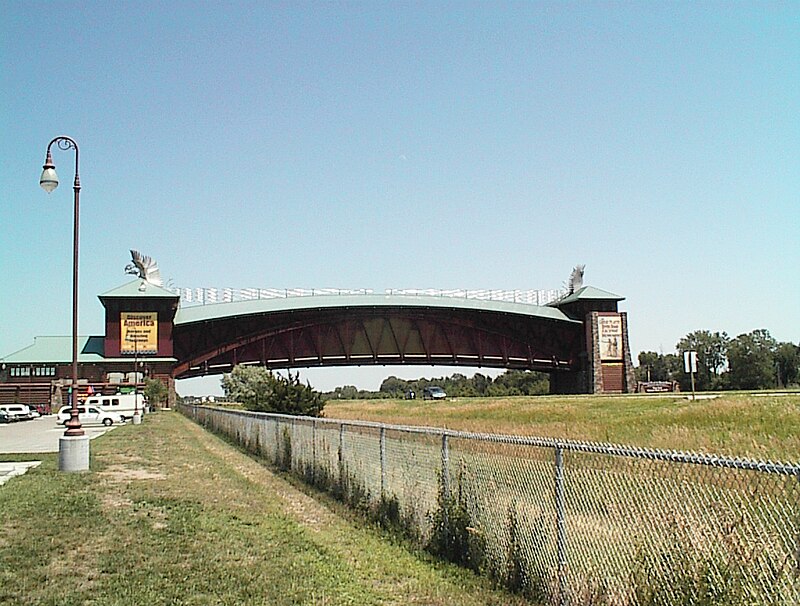
Kearney, located in south-central Nebraska, is a growing city with a strong focus on education, culture, and recreation. The city is home to the University of Nebraska at Kearney, which contributes to its youthful energy and cultural offerings. Kearney is often called the “Heart of Nebraska” due to its central location along Interstate 80. Museums like the Archway Monument tell the story of pioneers traveling westward along the Oregon Trail. Kearney is also known for its role in the Sandhill Crane migration, drawing visitors and researchers every spring. Its blend of university life, history, and natural beauty make it a vibrant city.
Interesting Fact: The Archway Monument in Kearney is a unique museum that stretches directly over Interstate 80.
6. Fremont, NE (Population: 27,602)
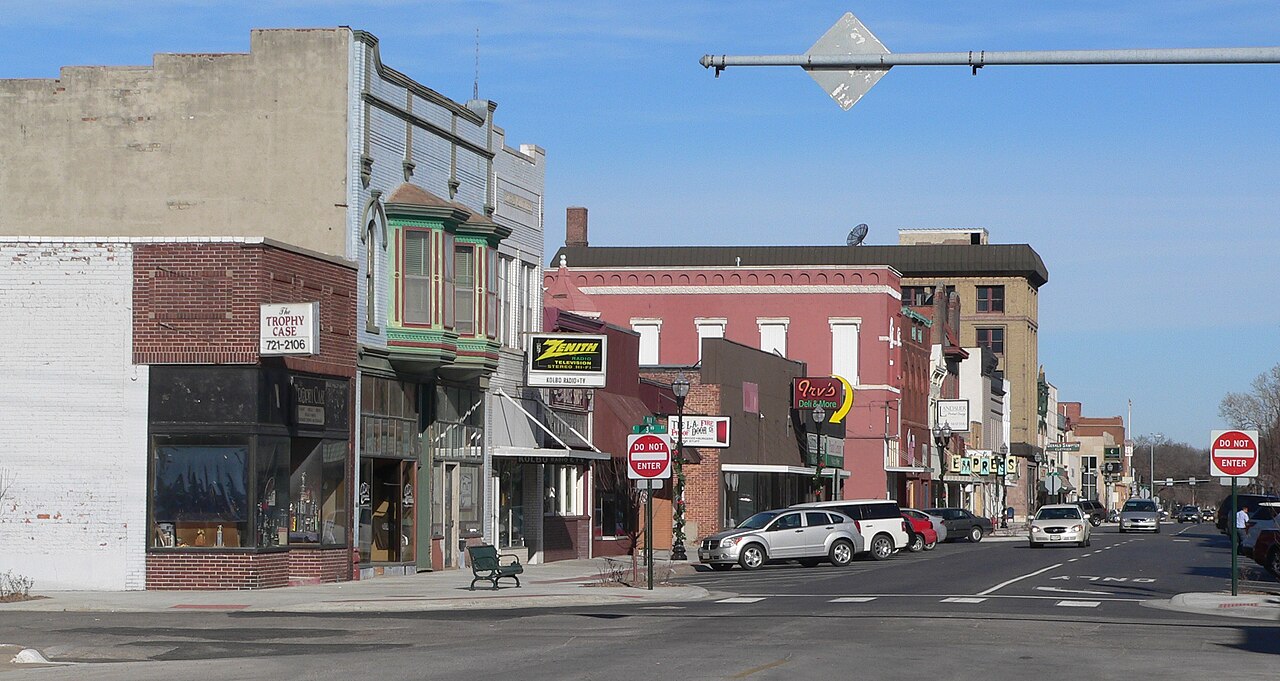
Fremont, located along the Platte River, combines small-town living with proximity to Omaha and Lincoln. Historically a railroad and agricultural hub, Fremont has retained its identity as a community with strong roots in farming while embracing new industries. Midland University brings academic and cultural life to the city, while parks, trails, and nearby lakes provide recreational opportunities. Fremont’s downtown features historic architecture, local shops, and a growing number of restaurants and breweries. With a steady economy and close-knit community, Fremont continues to thrive as both independent and connected to Nebraska’s larger cities.
Interesting Fact: Fremont hosts the annual John C. Fremont Days festival, celebrating the city’s pioneer history with parades and reenactments.
7. Norfolk, NE (Population: 26,147)
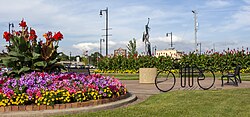
Norfolk, located in northeast Nebraska, is a key regional center for business, healthcare, and retail. The city has strong ties to agriculture but has diversified into manufacturing and service industries. Norfolk is known for its welcoming community, local arts, and music scene, as well as outdoor recreation along the Elkhorn River. The city also prides itself on its educational institutions and quality of life, making it attractive for families. Norfolk balances small-town charm with enough amenities to function as a hub for surrounding communities.
Interesting Fact: Johnny Carson, the legendary host of *The Tonight Show*, grew up in Norfolk and is remembered with a local statue and heritage sites.
8. Hastings, NE (Population: 24,896)
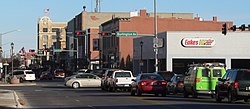
Hastings is known for its role in agriculture, education, and innovation. The city is home to Hastings College, which provides cultural and academic opportunities. Hastings’ economy thrives on agribusiness, but it also has a historic downtown filled with local shops, cafes, and theaters. The city is deeply connected to its community identity and is recognized for being the birthplace of Kool-Aid, an invention by Edwin Perkins in 1927. With museums, parks, and events, Hastings maintains a strong sense of place and pride in its heritage.
Interesting Fact: Hastings celebrates Kool-Aid Days every August, honoring its most famous invention with parades, games, and live entertainment.
9. Columbus, NE (Population: 24,464)
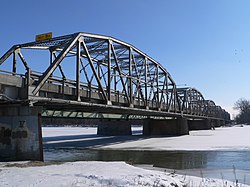
Columbus, located in east-central Nebraska, is a manufacturing and transportation hub with strong community values. The city was founded by German immigrants and has retained much of its heritage through festivals, traditions, and architecture. Columbus has a robust economy with industries ranging from agriculture to advanced manufacturing. Recreational opportunities are plentiful thanks to the nearby Platte River and numerous parks. The city balances industry and culture, making it both an economic driver and a family-friendly community.
Interesting Fact: Columbus has a large hydroelectric plant on the Loup River Canal, one of the first in the region, which still operates today.
10. Papillion, NE (Population: 23,791)
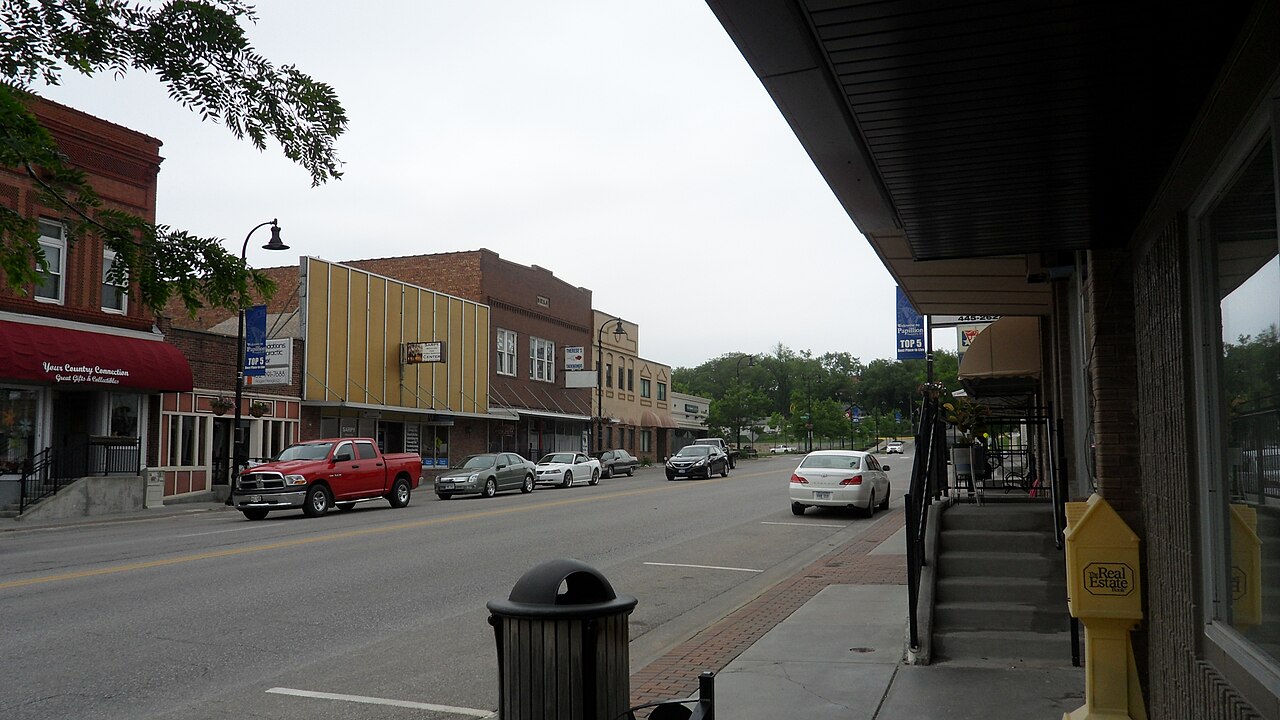
Papillion, part of the Omaha metro area, consistently ranks among the best places to live in the U.S. Known for its excellent schools, safe neighborhoods, and strong sense of community, Papillion offers suburban comfort with quick access to Omaha’s urban amenities. The city’s parks system is highly regarded, featuring Walnut Creek Lake and Recreation Area, which provides trails, fishing, and camping. Papillion’s downtown area has retained its small-town charm while new developments expand its offerings. The city’s balance of livability, recreation, and location make it one of Nebraska’s most desirable places to live.
Interesting Fact: Papillion gets its name from the French word for “butterfly,” inspired by early explorers who saw swarms of butterflies in the area.




